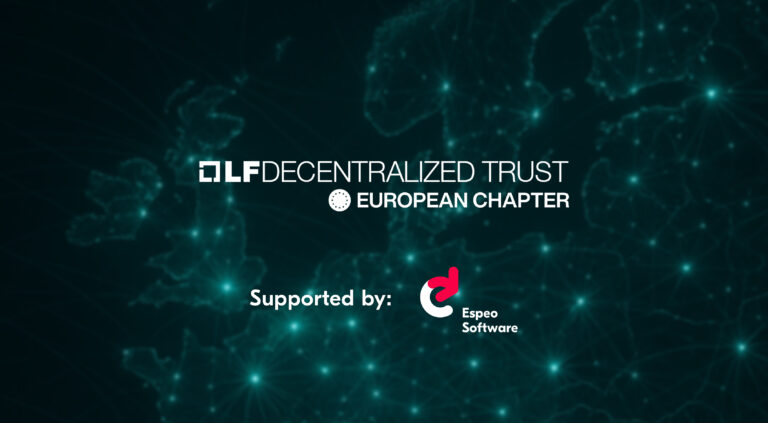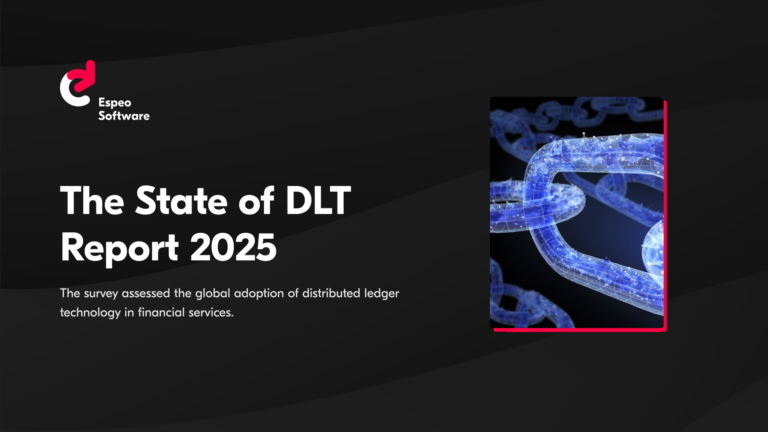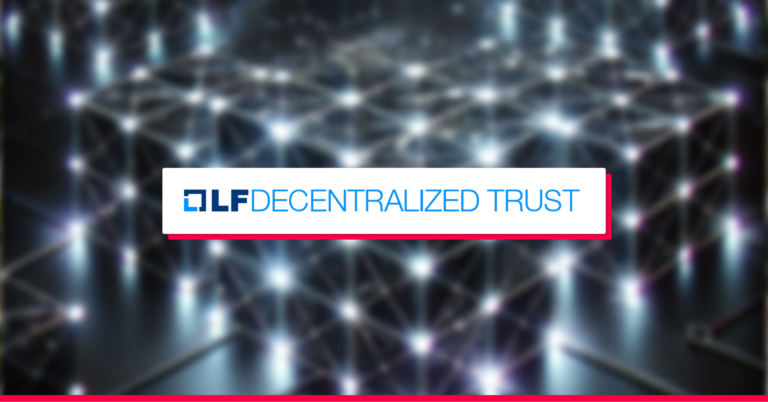The intricacies of blockchain technology can still perplex some people. So, how does a business adapt blockchain to its needs? That’s the question I’d like to answer in this article. I’ll start off with a few typical purposes, go through a popular funding strategy (ICO) and finish with some interesting blockchain-based projects.
The interest in blockchain seems to be constantly on the rise. Startups rise and fall on its hype. Corporations spend huge amounts on blockchain-related R&D. Some projects can potentially be disruptive for current businesses and economies.
What can I do with it?
As you might have heard, blockchain is the technology powering Bitcoin. But it’s so much more than just cryptocurrencies! I’m not going to dive into the minute details of how blockchain works. Instead, I’ll tell you about some of its core strengths.
Blockchains leverage modern cryptography, especially private and public keys. You can think of the public key as your username and the private key as your password. Just like a password, a private key should never be shared. This means it strictly represents a particular digital identity and allows each transaction to be signed off. This makes blockchain perfect for representing asset ownership by private key ownership. Assets can be either digital (e.g. Bitcoins) or physical (represented by digital tokens).
What are its strengths?
Think of blockchain as a distributed database. Instead of having a trusted party which controls a single server (as is the case with a traditional database), all the data is present on all nodes and each change is agreed upon by achieving consensus. Strong cryptography ensures that data can’t be tampered with after consensus has been achieved. This accounts for auditability, immutability and verifiability which is required in many applications, e.g. storing healthcare records.
Usually blockchain (e.g. Bitcoin) is a digital ledger, storing account balances and transactions. The possibilities, however, don’t end there, because with the arrival of smart contracts blockchains became platforms for virtually any distributed application. Such a smart contract can model a DAO (decentralized anonymous organization), a crowdfunding campaign or a very specific set of rules for a particular transaction. This way, blockchain becomes a global platform for computation, while maintaining all the strengths I’ve mentioned.
Initial coin offerings
So, you have an idea on how to incorporate a new cryptocurrency into your project. However, you still lack the funds. This is where an ICO (initial coin offering) comes in.
Initial public offerings serve the purpose of raising capital in exchange for ownership in a company. ICOs are similar in purpose but instead of selling ownership a newly launched coin is being offered. What the coin represents is solely up to your business idea, e.g. just the coin itself bought for internal use on the platform (see Humaniq ICO) or a share in organization profits (see vDice ICO).
However, successfully gathering funds through an ICO is not an easy task. You need to invest time and money into a campaign, generate hype and excitement around your product, as well as provide a clear and informative whitepaper describing both the product and the coin. Because of many scams and failed ICOs in the past you need to convince the potential buyers of your coin to trust you with their money. Last but not least, you allocate funds for some development. You need the actual ICO implementation and your position would be stronger with at least PoC implementation of your product.
There’s a lot more to a success of an ICO, make sure you’ve got everything right because you might only get one shot at it. Your business idea is important, but you need to put a lot of effort in if you want to make your new cryptocurrency truly revolutionary. That includes getting the technical part right.
Interesting projects
According to tokenmarket.net, there are 27 open ICOs at the time of writing this article. This shows how many new projects utilizing blockchain are launched on the current market. Some of them are solving really interesting challenges. I’ll describe a few blockchain projects that caught my eye. I’m not going to dig too deep into details, I just want to show you the wide spectrum of ideas where blockchain is applicable.
Ethereum
Ethereum is one of the most successful blockchain platforms for running smart contracts. It has its own internal currency called “ether”. Each transaction, be it transfer of ether or interaction with a smart contract, costs a certain amount of “gas”, which is paid in ether. The initial crowdsale of ether tokens gained around $18m. Ethereum has a vibrant community and many blockchain projects are introduced with Ethereum as their base.
Bancor
The idea behind Bancor is introduction of “smart tokens” which are coins implemented as smart contracts (currently ethereum-based) backed by reserves of other tokens. This allows an instant exchange of tokens with no spread – and at a continuously calculated priced, based on the token supply and demand.
Humaniq
Ethereum and Bancor leverage blockchain for its further development along with the cryptocurrencies world. However, Humaniq’s target is to disrupt the current financial status quo. The project aims at building a mobile bank that requires only a smartphone. It should give access to financial services to people in developing countries, potentially bringing them out of poverty and encouraging entrepreneurship. The ICO was closed at much more modest $5m but the humanitarian aspect of the project can’t be ignored.
Steem
Posting valuable and high quality content to social networks generates revenue for these networks itself. That’s where Steem surfaces – with the idea of rewarding users for generating content, as well as voting for pieces they especially like. This inspires users to contribute superior content. There are 3 cryptocurrencies linked with the project: Steem, Steem Power and Steem Dollars, each of them with its own purpose. The idea is explained in detail in the whitepaper.

Basic Attention Token
Current online advertising is profitable for the publishers and advertisers. Users are bombarded with an abundance of ads. So, they usually lean towards solutions such as AdBlock. The introduction of BAT ethereum-based cryptocurrency combined with a new browser called “Brave” tries to change this by rewarding users for the attention they pay to the ads, while allowing publishers to buy and advertisers to sell ads. This should result in better targeted ads and less fraud. It’s designed to be beneficial for all parties of the Internet ad business. The idea seemed so attractive for investors that the ICO sold out $35m worth of tokens in 30 seconds!
Your move
Now you know basic blockchain strengths and how to leverage them. As you can see, it has many applications across all kinds of businesses, even though it’s not applicable everywhere. If your innovative business idea includes launching a new cryptocurrency, you can consider an ICO as a source of funding.
Be wary that although the ICO success stories are spectacular, it’s not exactly a breeze. You can always shoot us a message or email if you’re still confused about how to use blockchain for your business. And if you’d like to see how an ICO can be built on the Ethereum platform, head on here.





